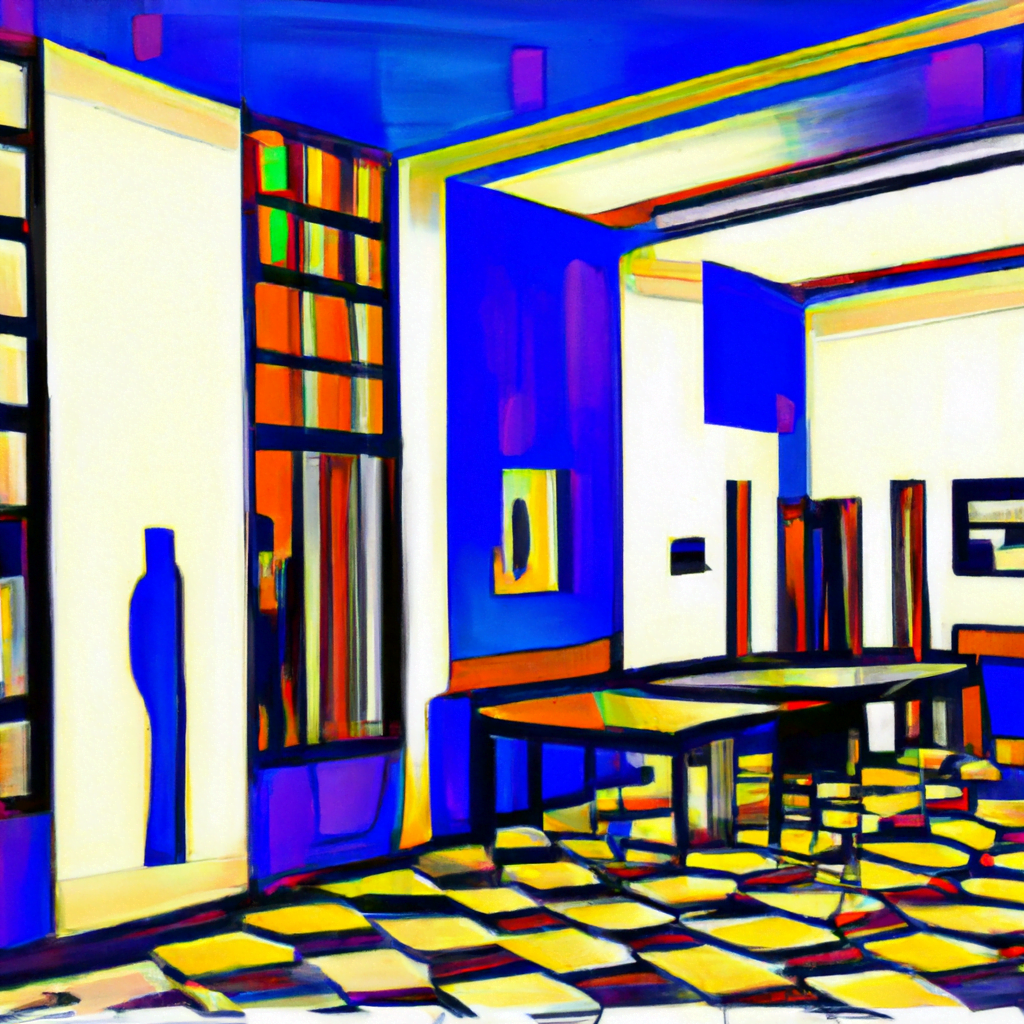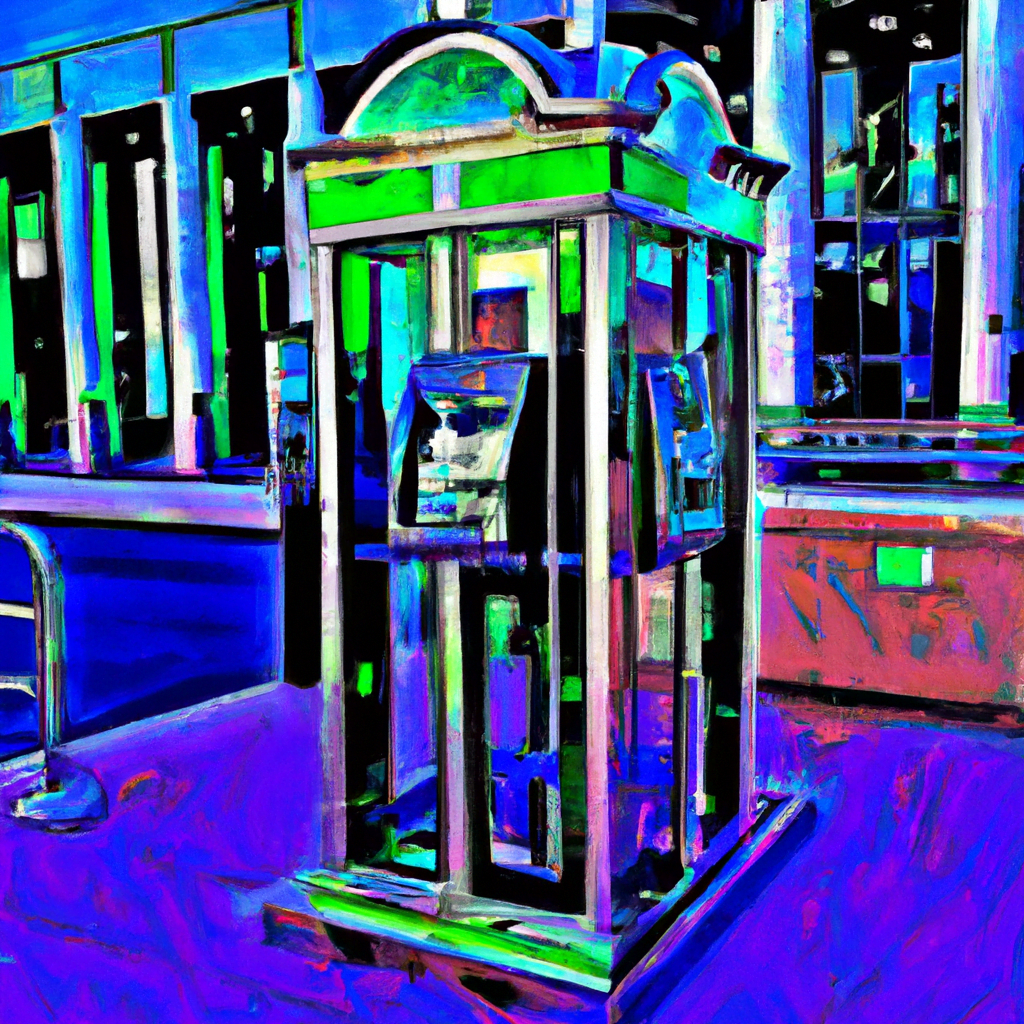
Illustrating Architecture and Cityscapes: Capturing Urban Life

Architecture and cityscapes are not just physical structures; they are a reflection of the culture, history, and identity of a city. Capturing the essence of urban life through illustrations is a powerful way to showcase the beauty and complexity of cities. In this article, we will explore the art of illustrating architecture and cityscapes, the techniques used by artists, and the impact it has on our perception of urban environments.
The Power of Illustration
Illustration has been used for centuries to depict architecture and cityscapes. From ancient civilizations to modern times, artists have sought to capture the grandeur and intricacy of urban landscapes. Illustrations provide a unique perspective that photography often fails to capture. They allow artists to emphasize certain elements, create a mood, and convey a sense of place that goes beyond a mere representation of reality.
One of the key advantages of illustration is the ability to manipulate perspective. Artists can exaggerate certain features, distort proportions, or even create entirely new compositions. This freedom allows for a more creative and expressive representation of architecture and cityscapes.
Techniques and Styles
Illustrating architecture and cityscapes requires a combination of technical skill and artistic vision. Artists employ various techniques and styles to bring these urban environments to life. Let’s explore some of the most common ones:
1. Line Drawing
Line drawing is a fundamental technique used in architectural illustration. It involves using lines to define the shapes, forms, and details of buildings and cityscapes. Line drawings can range from simple and minimalistic to highly detailed and intricate. They can convey a sense of precision and accuracy, or a more loose and expressive style.
Example: The line drawings of Hugh Ferriss, an American architect and illustrator, are renowned for their dramatic and atmospheric portrayal of urban landscapes. His drawings often feature towering skyscrapers and dramatic lighting, creating a sense of awe and grandeur.
2. Watercolor
Watercolor is a versatile medium that lends itself well to capturing the vibrant colors and textures of architecture and cityscapes. It allows artists to create soft washes, blend colors, and add layers of depth and transparency. Watercolor illustrations can evoke a sense of nostalgia and romanticism, as well as a more contemporary and fresh aesthetic.
Example: The watercolor illustrations of James Gurney, an American artist and author, are known for their meticulous attention to detail and vibrant colors. His urban sketches capture the energy and atmosphere of city life, with a focus on light and shadow.
3. Digital Illustration
With the advent of digital tools, many artists now create illustrations using software and tablets. Digital illustration offers a wide range of possibilities, from realistic renderings to stylized and abstract representations. It allows for easy experimentation, quick revisions, and the ability to combine different techniques and styles.
Example: The digital illustrations of Pascal Campion, a French-American artist, often depict urban scenes at night. His use of vibrant colors and dynamic compositions creates a sense of movement and energy, capturing the bustling nightlife of cities.
The Impact of Illustration
Illustrations of architecture and cityscapes have a profound impact on our perception of urban environments. They can shape our understanding of a city’s history, culture, and identity. Here are some ways in which illustration influences our perception:
1. Preservation of Cultural Heritage
Illustrations can play a crucial role in preserving the cultural heritage of cities. They capture the unique architectural styles, landmarks, and historical buildings that define a city’s identity. By illustrating these elements, artists contribute to the documentation and conservation of urban heritage.
2. Creating Emotional Connections
Illustrations have the power to evoke emotions and create a sense of connection with a place. They can transport us to a specific moment in time, evoke memories, or inspire a sense of wonder. By capturing the essence of urban life, illustrations allow us to engage with cities on a deeper level.
3. Promoting Tourism and Economic Development
Illustrations can be powerful marketing tools for cities. They showcase the beauty and uniqueness of urban environments, attracting tourists and promoting economic development. Illustrations often feature in travel guides, brochures, and promotional materials, enticing visitors to explore and experience the city.
Case Studies: Illustrating Urban Life
Let’s take a look at some notable case studies where illustrations have played a significant role in capturing the essence of urban life:
1. The New Yorker Covers
The covers of The New Yorker magazine often feature illustrations of New York City. These illustrations have become iconic representations of the city, capturing its energy, diversity, and cultural richness. Artists like Saul Steinberg, Christoph Niemann, and Adrian Tomine have created memorable covers that have become synonymous with the magazine.
2. The Sketchbook Project
The Sketchbook Project is a global art initiative that invites artists to fill sketchbooks with their artwork. Many artists choose to illustrate architecture and cityscapes, providing a unique glimpse into different urban environments around the world. The project has amassed a vast collection of sketchbooks, showcasing the diversity and beauty of cities.
3. Urban Sketchers
Urban Sketchers is a global community of artists who share their sketches and illustrations of cities. The group organizes events, workshops, and exhibitions, promoting the art of on-location sketching. Urban Sketchers’ illustrations capture the everyday life of cities, from bustling markets to quiet alleyways, providing a rich tapestry of urban experiences.
Summary
Illustrating architecture and cityscapes is a powerful way to capture the essence of urban life. Through techniques like line drawing, watercolor, and digital illustration, artists bring these environments to life, showcasing their beauty and complexity. Illustrations shape our perception of cities, preserving cultural heritage, creating emotional connections, and promoting tourism and economic development. Notable case studies like The New Yorker covers, The Sketchbook Project, and Urban Sketchers demonstrate the impact of illustration in capturing the diversity and vibrancy of urban environments. So next time you walk through a city, take a moment to appreciate the artistry and storytelling behind the illustrations that bring it to life.
